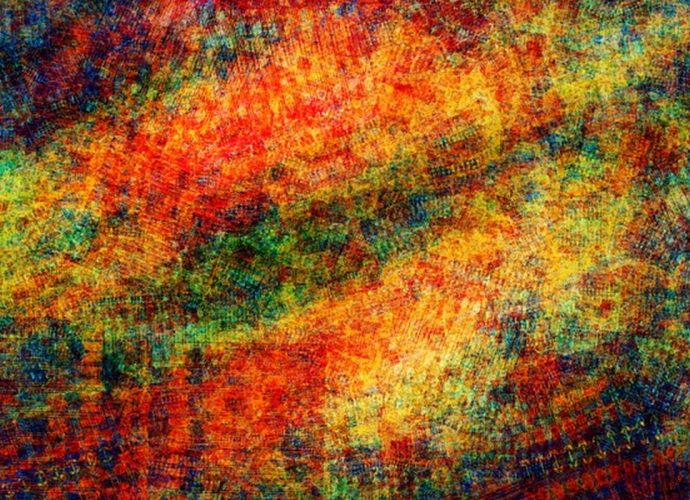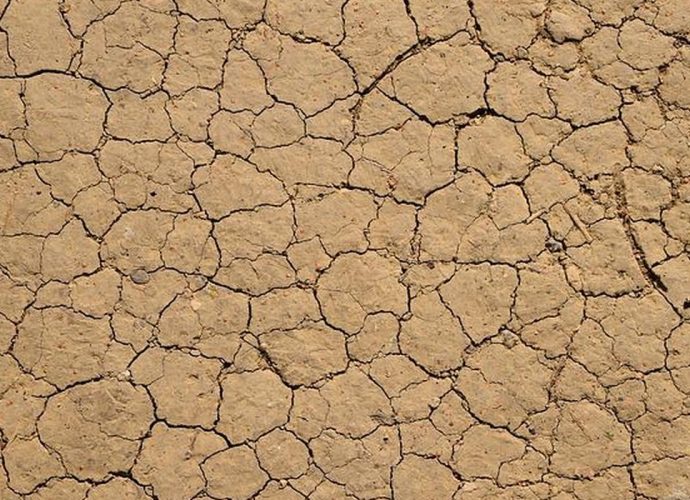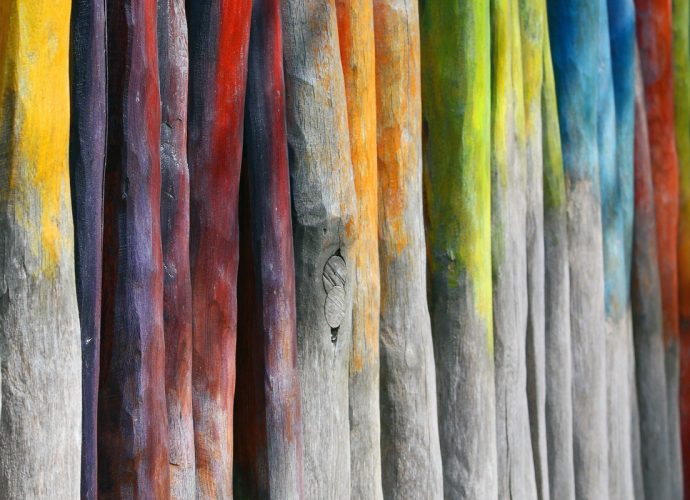What Caused The Taurid Meteor Stream?
Meteor streams are groups of meteoroids originating typically from dust grains ejected from comets. … Every time the Earth passes through such a stream of dust particles (i.e. meteor stream), we experience what is known as a meteor shower. What dates does the Earth pass through the Taurid meteor stream?Read More →






